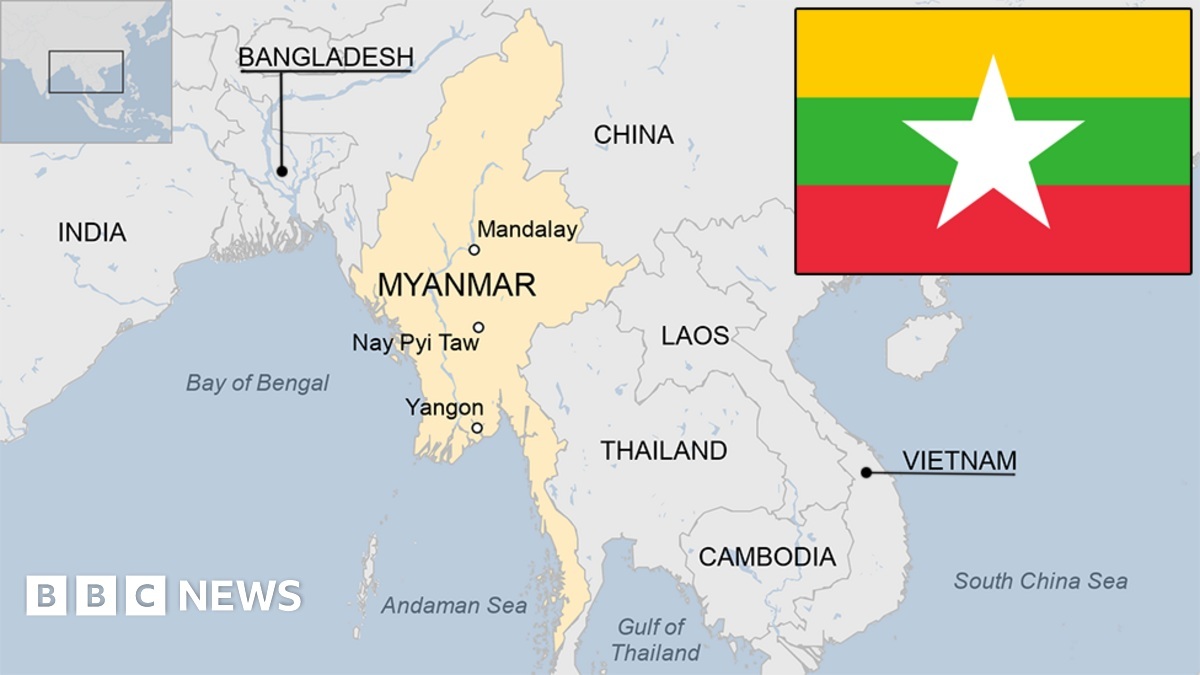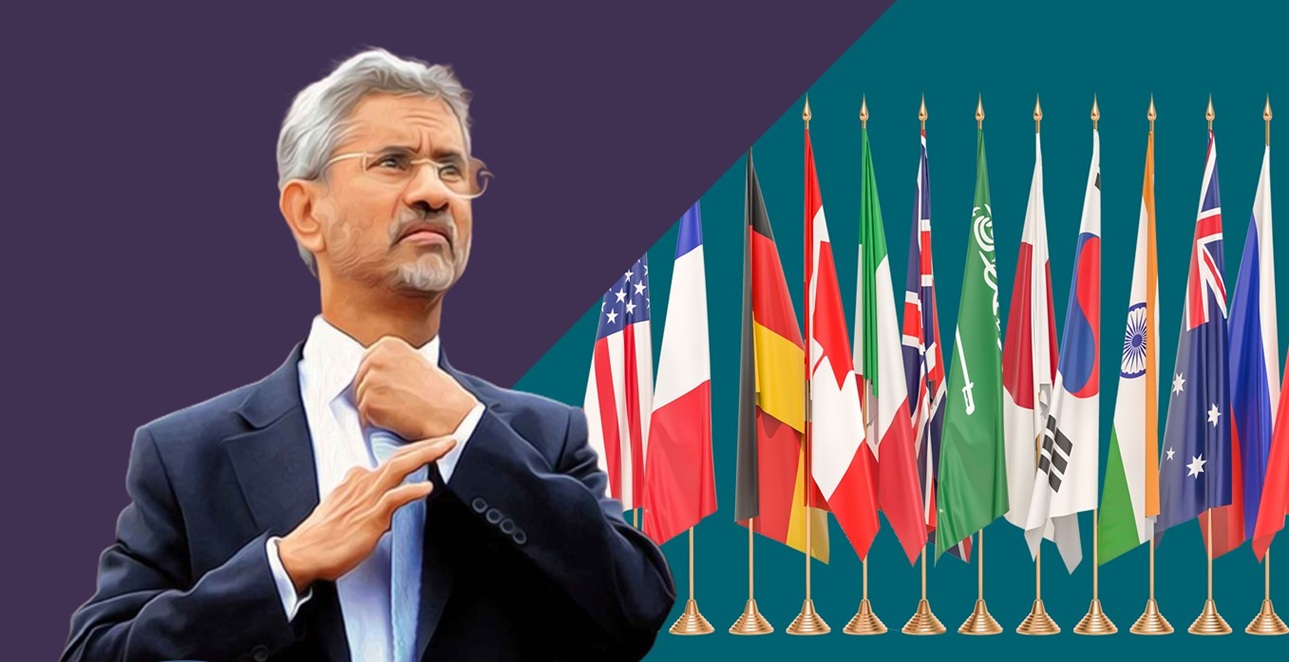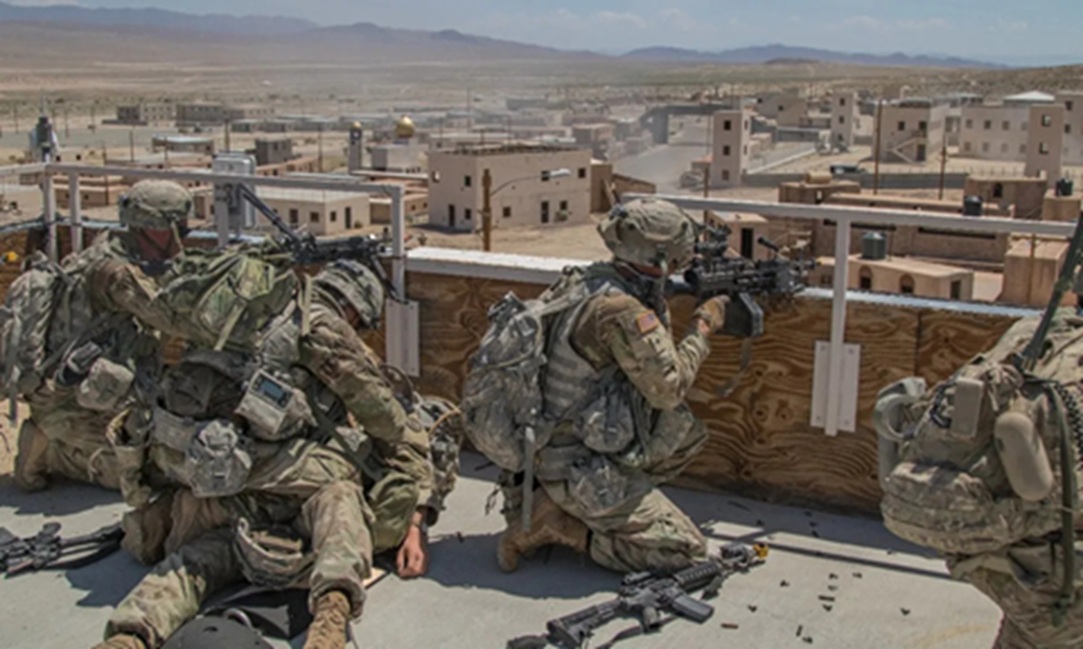The situation in Balochistan is characterized by ethnic tensions, insurgency and socio-economic challenges. The region has experienced violence related to demands for greater autonomy and rights for the Baloch people, as well as disputes over resource management and distribution.
Introduction
India relies on Western nations and other allies but often overlooks the strategic advantage of cultivating strong alliances with neighbouring countries, which can be safer and more effective. Since the rise of Modi’s administration, India has chosen to halt negotiations with Pakistan, a move critics describe as a lack of strategy rather than a deliberate one. This has been a lack of strategy, not a strategy. Balochistan’s strategic location, resource wealth, and ongoing insurgency provide India with an opportunity to challenge Pakistan’s stability while addressing China’s regional ambitions. India views the CPEC, especially developments like Gwadar Port, as a dual economic and military threat, enabling Chinese access to the Indian Ocean. In response, India has strengthened its ties with Iran through investments in Chabahar Port, offering a counterbalance to Gwadar and facilitating access to Afghanistan and Central Asia. By supporting Baloch nationalism and fostering unrest in the region, India could aim to divert Pakistan’s focus from Kashmir and disrupt CPEC’s progress.
Ancient Silk Route, CPEC, and India’s Strategic Challenges
The China-Pakistan Economic Corridor (CPEC) and the Silk Route Are linked by their mutual objectives of expanding connectivity and trade between different regions. Along with Buddhism and Islam, the renowned Silk Route, which connected the Arab world with Europe, gave China access to Indian astronomy, plants, and herbal medicines. However, the times have changed, and the proposed CPEC route now poses serious problems for India. Firstly, it passes through the disputed regions of Kashmir, claimed by both India and Pakistan and Gilgit-Baltistan, contested between India and China. The same Gilgit-Baltistan, which was part of the disputed state of Jammu and Kashmir in 1947. In 1948, a year after gaining independence from British rule, the region acceded to Pakistan with the expectation of being granted constitutional status. India asserts that Gilgit-Baltistan is legally part of its territory. The Indian government has consistently reiterated that all areas under Pakistani control in Jammu and Kashmir, including Gilgit-Baltistan, are considered “Pakistan-occupied Kashmir” (PoK).

Source: Reuters
Secondly, India fears that Gwadar will double as a Chinese naval base. Like in the South China Sea, where China has constructed military islands as it rises. Despite clarifications from China and Pakistan that the port will be used only for economic purposes, India is still wary of developments in Gwadar, fearing that it will give the Chinese navy access to the Indian Ocean.
The New Regional Great Game: The Case of Balochistan
Violence in Balochistan has increased recently, with Baloch separatist groups explicitly targeting foreigners, particularly those from China and Pakistan’s Punjab region. The China-Pakistan Economic Corridor infrastructure development project, which is part of China’s Belt and Road Initiative, employs thousands of Chinese engineers and workers across Pakistan, including Balochistan.
The most recent incident which included the shooting and death of seven Punjabi labourers has led to new ethnic tension in the area. Ajay Bisaria, a former Indian High Commissioner to Pakistan, suggests that targeting Punjabi workers introduces a new ethnic dimension, reflecting efforts by Baloch extremists to provoke and challenge the predominantly Punjabi army. Punjabi labourers have accounted for over half of the BLA’s recent escalation deaths. Since Punjabis are perceived as having profited from economic opportunities that have arisen in Balochistan at the expense of the Baloch people, the Baloch people feel resentful of the entrance of Punjabis. The formation of the Punjabi-dominated army, which rules the province without any real political leadership or attempts to address local complaints, and the longstanding dominance of the Punjabi aristocracy in the civil bureaucracy are the origins of the feeling.
According to reports, since 2017, the nation has seen the deaths of at least 21 Chinese nationals. Since the beginning of 2024, more than 1,000 Pakistanis have been killed in insurgent attacks in Balochistan and the northwest region of Khyber Pakhtunkhwa, with half of them being civilians and the other half being security forces.
Kulbhushan Jadhav, a suspected Indian spy and naval officer, was detained by Pakistani authorities in 2016, accused of assisting Baloch insurgents in financing attacks within Pakistan. Various other instances The surrender of a commander of the separatist militant group known as the Baloch National Army (BNA) revealed in December 2023 that India has been covertly funding separatist forces and aiding terrorist actions in Balochistan. Commander Sarfraz Ahmed Bungulzai brought up a 2022 helicopter accident that claimed the lives of six Pakistani army personnel, including a general. At the news conference, he claimed that the incident was the fault of the secessionist organization Baloch Raj Aajoi Sangar (BRAS), which is under Indian control. In July 2019, The Hindu published a report that said, “It is established that BLA (Baloch Liberation Army) commanders, in the past, had sought medical treatment in India’s hospitals, often under disguise or with fake identities.” Khan Rawalpindi’s Adiala Jail has claimed that terrorism was on the rise in Pakistan and that alienation in Balochistan was increasing. “The international border with Afghanistan is still unstable, and India has already acknowledged carrying out assassinations inside Pakistan.”
Ajit Doval, India’s national security advisor, has long maintained that India should respond to terror threats inspired by Pakistan by using the Balochistan card. However, they do forget that the last time they played this card, the former East Pakistan. Was a far more unified and densely populated area, with a strong sense of civil society, democratic ambitions, and linguistic identity. India’s asymmetrical threat of backing Pakistani separatists is the only way to thwart Pakistan’s terror campaign against India.
Chabahar Port: India’s Counterbalance to Gwadar

A general view of Gwadar port, which is the lynchpin of Chinese investments in Pakistan. Drazen Jorgic (Reuters)
The establishment of a port at the former fishing village of Gwadar has been strategically important for Pakistan (and the port’s investor, China) for several reasons. Located in Pakistan’s southwest Balochistan province, Gwadar Port is strategically important for shipping routes that traverse the Arabian Sea, Persian Gulf, and Strait of Hormuz to connect East and South Asia with the Middle East. Gwadar, which is barely 250 miles from the Strait of Hormuz, would give landlocked Afghanistan and the Central Asian Republics access to the Persian Gulf. 60 per cent of China’s energy commerce also takes place in the Gulf. The port of Gwadar can process up to 19 million tons. Of crude oil annually, which will then be processed and shipped to China. In addition, it serves as a stopover between the Mediterranean and the Indian Ocean before the troubled Red Sea and Suez Canal, where Yemen’s Houthi. Militia continues to strike. A major problem that Gwadar Port faced in the beginning was the Freshwater. Distribution, but in recent years important strides have been made in enhancing Gwadar’s water infrastructure, with facilities for freshwater distribution, delivery, and treatment now 70 percent complete. A desalination plant with a daily capacity of 1.2 million gallons has been established to alleviate the region’s ongoing drinking water shortage. A 5 million gallons per day water desalination plant has been built in Gwadar to give the local population access to clean drinking water to further solve the problem of water scarcity. As an alternative to the Karachi naval station, which is more susceptible to possible Indian blockades, Gwadar would give the Pakistan Navy strategic depth.
India’s agreement with Iran on the Chabahar Port strengthens its strategic stance against CPEC while fostering regional connectivity and expanding trade opportunities. India has also made investments in the Iranian port of Chabahar to counter the Gwadar port. Numerous pipelines of Gas and oil are planned to pass through the area. To quench its energy needs, India is considering the advantages of the Iran-Pakistan-India gas pipeline and the Turkmenistan-Afghanistan-Pakistan-India pipeline. Iran is significantly comfortable and views both Chabahar and Gwadar as supplementing each other. While India invests in Chabahar Port, Iran has extended invitations to both Pakistan and China to participate, signalling its intention for broader regional cooperation. Chabahar would provide easy access to non-coastal Afghanistan and Central Asia for their exports and imports as well as a passage to other surrounding regions.
Conclusion
India should seek to divert Pakistan’s attention and resources from Kashmir by encouraging unrest along its western frontiers through support for Baloch nationalism. Pakistan’s emphasis on Kashmir and other regions where India suffers security issues may be weakened by this tactic. India sees CPEC as a danger because of its strategic ramifications for the balance of power in the area. India should aim to sabotage CPEC projects, which are essential for Pakistan’s stability and economic growth, by supporting Baloch rebels. Instability in Balochistan could hinder the successful implementation of CPEC, thereby affecting China’s significant investments in the region. India’s regional security and economic interests would be less affected by an internally unstable Pakistan. History demonstrates that powerful powers have always had an interest in areas with abundant natural resources.
Title image courtesy: https://www.drishtiias.com/
Disclaimer: The views and opinions expressed by the author do not necessarily reflect the views of the Government of India and Defence Research and Studies

References
Tharoor, S. (2014, December 14). China’s Silk Road Revival — and the Fears It Stirs — Are Deeply Rooted in the Country’s History. HuffPost. https://www.huffpost.com/entry/chinas-silk-road-revival-history_b_5983456?ir=India
Online, E. (2024b, September 1). Explained: Balochistan’s unrest & its consequences for India. The Economic Times. https://economictimes.indiatimes.com/news/india/whats-behind-the-escalating-tensions-in-balochistan-what-it-means-for-india-pakistan-china-jammu-and-kashmir/articleshow/112963365.cms
Gul, A. (2024, October 11). Gunmen kill 20 miners ahead of SCO summit in Pakistan. Voice of America. https://www.voanews.com/a/gunmen-kill-20-miners-wound-others-in-attack-in-southwest-pakistan/7818644.html
Times, G. (n.d.). GT investigates: Evidence, and sources prove India “supports terrorism” in Pakistan’s Balochistan. Copyright 2021 by the Global Times. https://www.globaltimes.cn/page/202401/1305842.shtml
Livemint. (2024, May 4). ‘India undertaking assassinations inside of Pakistan’: Imran Khan writes from prison. Mint. https://www.livemint.com/news/world/india-undertaking-assassinations-inside-of-pakistan-imran-khan-writes-from-prison-11714789404039.html
India plays the Balochistan Card with China. (n.d.). Lowy Institute. https://www.lowyinstitute.org/the-interpreter/india-plays-balochistan-card-china
Chaudhury, N. R. (2024, September 2). India must rethink its Balochistan Policy. Indian Defence Review. https://indiandefencereview.com/india-must-rethink-its-balochistan-policy/
Shahid, U. (2016, August 24). Balochistan: The Troubled Heart of the CPEC. The Diplomat. https://thediplomat.com/2016/08/balochistan-the-troubled-heart-of-the-cpec/
Blair, A. (2024, March 22). Baloch separatists attack strategic China-run port in Pakistan. Ship Technology. https://www.ship-technology.com/news/baloch-separatists-attack-strategic-china-run-port-in-pakistan/?cf-view&cf-closed
Afzal, S. (2024, May 24). Balochistan’s evolution through China-Pakistan economic corridor – OPED. Eurasia Review. https://www.eurasiareview.com/24052024-balochistans-evolution-through-china-pakistan-economic-corridor-oped/
India’s Balochistan Tactic on JSTOR. (n.d.). www.jstor.org. https://www.jstor.org/stable/48531103?seq=14






